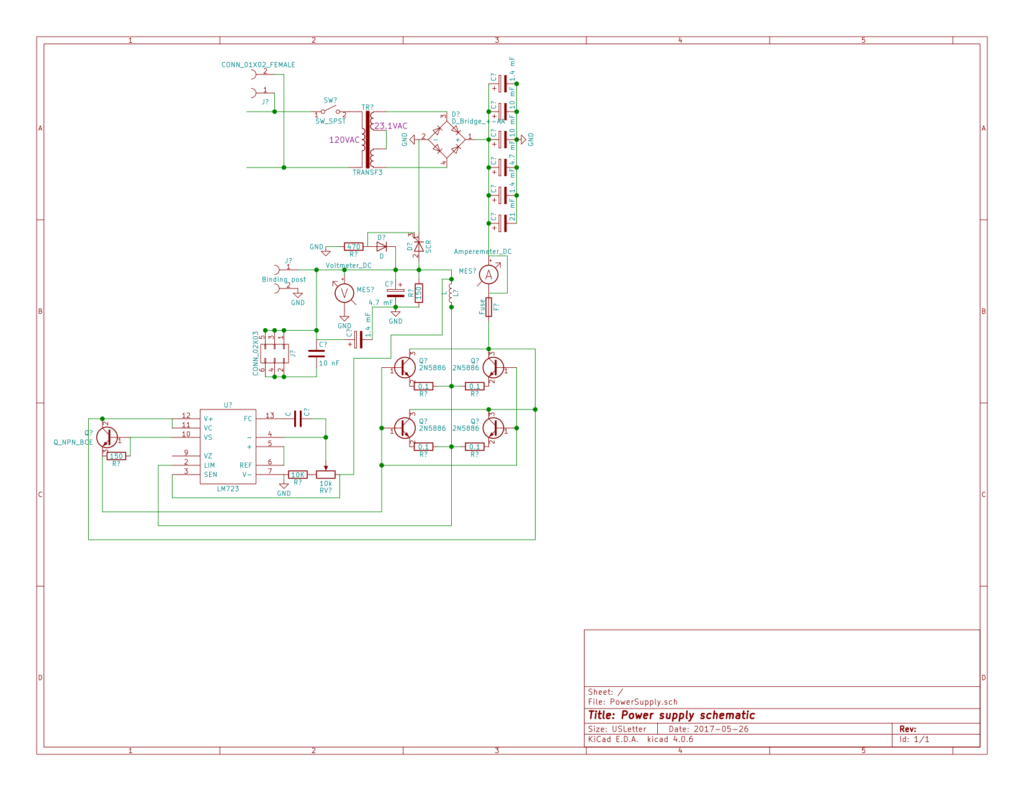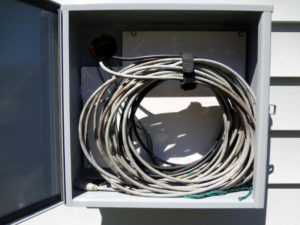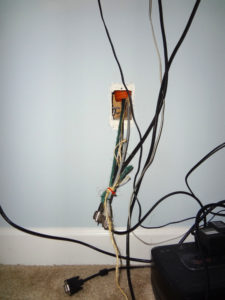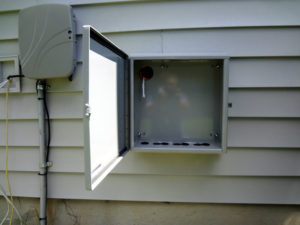US amateur radio operators will soon have access to small slivers of the 630 m and 2200 m bands as secondary users. The 630 meter allocation goes from 472-479 kHz (a little bit below the US AM broadcast band, 530 – 1700 kHz) while the 2200 meter allocation goes from 135.7-137.8 kHz (not a heck of a lot).
Although the new allocation was announced several months ago, now access to the bands is only a form submission and 30 days away.
Before being allowed to operate, hams will be required to notify the Utilities Technology Council. Notification can be done online, and involves submitting name, contact info, call sign, lat/long of your antenna location(s) and the bands you’re planning on operating on. If you don’t hear anything back within 30 days, you’re supposedly good to go.
Even if you have no immediate plans to operate on the new bands, you might still want to notify the UTC in case you decide to operate there later. If there’s no objection to your notification, and a utility later wants to deploy or modify a PLC system near you, they’ll have to use a frequency range other than one you’ve indicated on your notification.
If an electric utility seeks to deploy a new or modified PLC system on a transmission line that is within one kilometer of a previously coordinated amateur station, the electric utility must employ a frequency in the 9-490 kHz range that has not been included in the amateur station’s notification, as ARRL suggests. If the previously coordinated amateur station no longer operates in the band, the electric utility may deploy a PLC system in that band.
Now, how to build an antenna for 2200 m…




